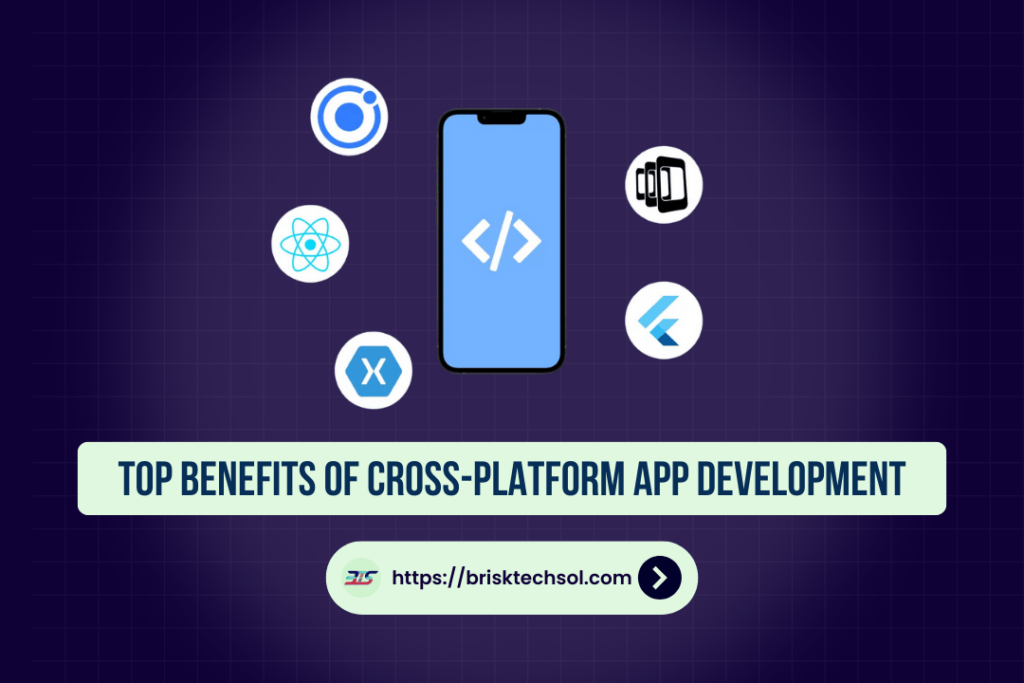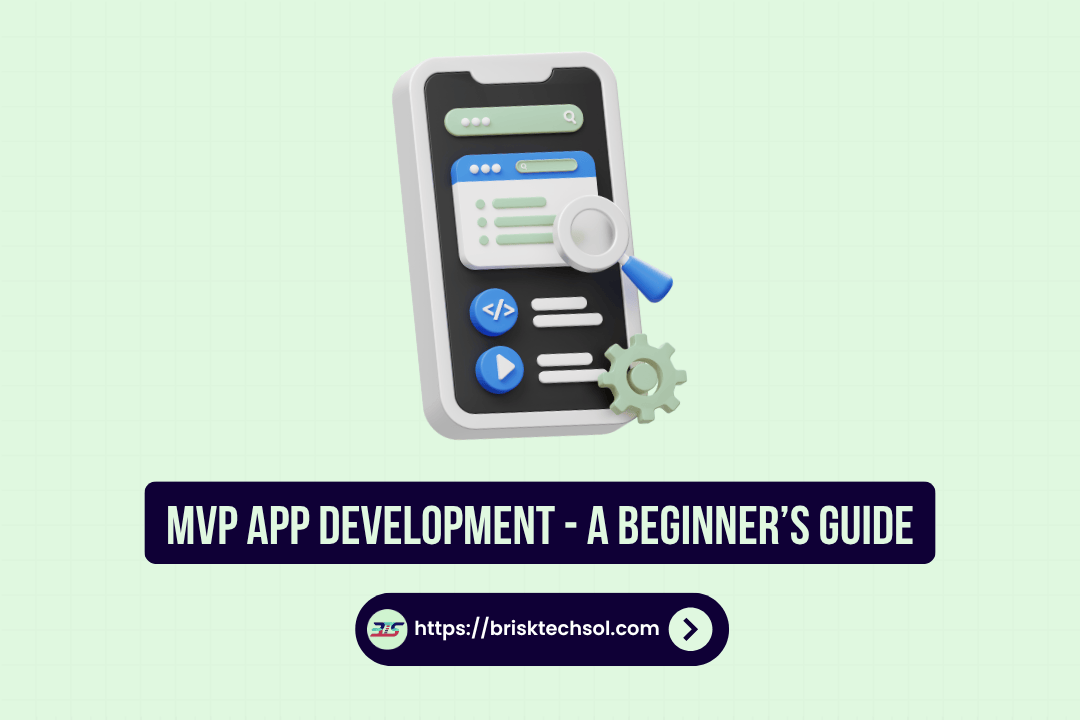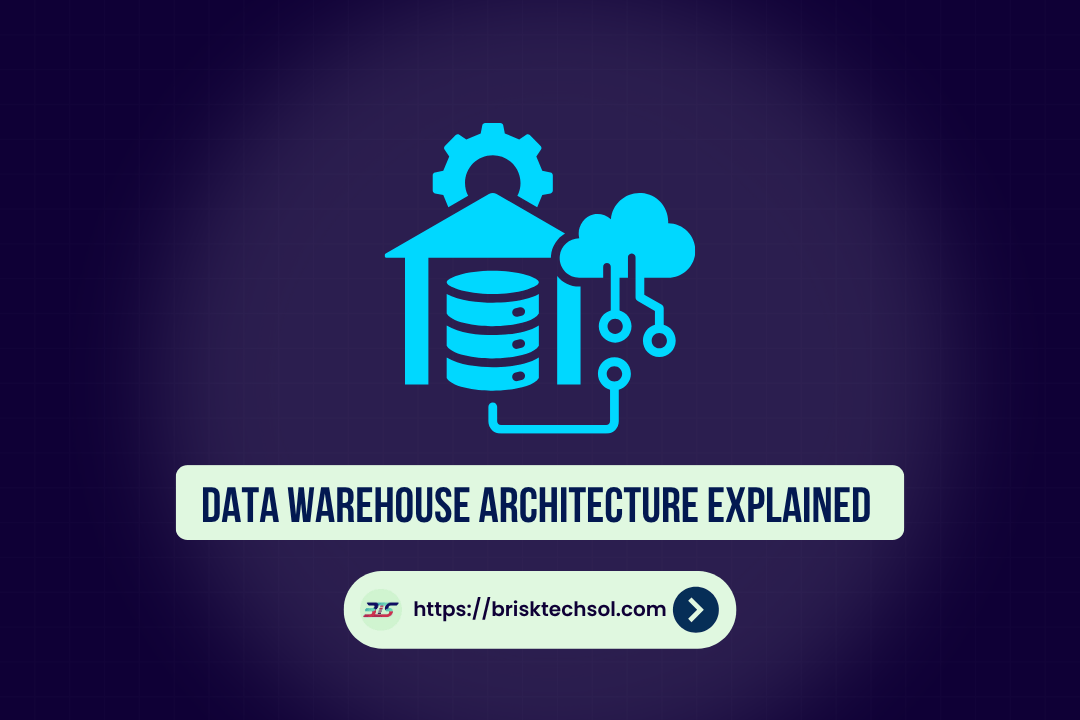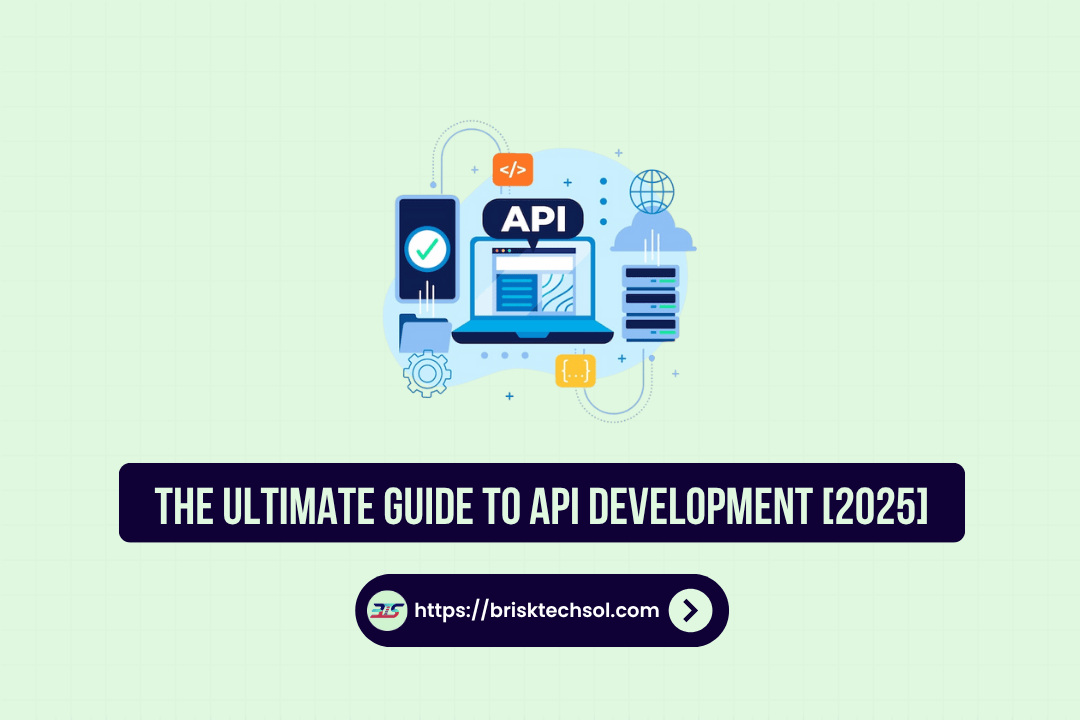Imagine reaching millions of users across different devices with a single, efficient codebase. Cross-platform app development offers businesses the opportunity to create apps that run seamlessly on multiple operating systems, saving time and money while expanding market reach. In this guide, we explore the benefits, challenges, and best practices of cross-platform development, helping you decide if this approach is right for your business.
What Is Cross-Platform App Development?
Cross-platform app development refers to the practice of building mobile applications that work on multiple operating systems typically iOS and Android using a single codebase. Instead of developing separate apps for each platform, developers use frameworks that allow them to write code once and deploy it everywhere.
Key Characteristics
- Unified Codebase: Write once, deploy on multiple platforms.
- Cost Efficiency: Reduced development and maintenance costs.
- Faster Time-to-Market: Accelerated development cycles.
- Consistent User Experience: Uniform look and feel across devices.
Cross-platform tools like React Native, Flutter, and Xamarin empower developers to deliver quality apps without the overhead of managing multiple codebases.
The Business Case for Cross-Platform Development
Market Reach and Audience Engagement
With billions of smartphone users worldwide, businesses need to cater to a diverse audience. Cross-platform development allows you to launch your app on both iOS and Android, reaching a larger market without incurring double the costs.
- Broader Reach: Access users on various devices.
- Unified Branding: Maintain consistent user experiences.
- Increased Engagement: Improve customer retention by offering a familiar interface.
Cost Efficiency and Resource Optimization
Developing separate apps for iOS and Android can be expensive and time-consuming. Cross-platform development reduces duplication of efforts, which directly translates to lower development costs and reduced time-to-market.
- Lower Development Costs: One codebase means fewer resources are needed.
- Simplified Maintenance: Updates are applied across all platforms simultaneously.
- Efficient Resource Use: Streamlined teams focus on a single project rather than multiple codebases.
Faster Time-to-Market
In today’s competitive market, speed is critical. Cross-platform development enables rapid prototyping and quicker deployment, ensuring that your business can seize opportunities faster.
- Rapid Prototyping: Quickly build and test app features.
- Faster Iterations: Shorter feedback loops lead to continuous improvement.
- Competitive Advantage: Beat competitors to market with a swift launch.
Benefits of Cross-Platform App Development
Cost Savings
By sharing a single codebase across platforms, businesses save significantly on both initial development and ongoing maintenance costs.
- Lower Development Overhead: Reduces the need for separate development teams.
- Unified Updates: Apply changes once to reflect on all platforms.
- Reduced Testing: Fewer codebases mean less duplication in quality assurance efforts.
Consistent User Experience
A cohesive design and functionality are critical to building brand trust. Cross-platform development ensures that users get a consistent experience regardless of the device they use.
- Uniform Interface: Consistent visuals and navigation.
- Brand Cohesion: Reinforces your brand identity across different platforms.
- Simplified Training: Easier for users to switch between devices with similar interfaces.
Faster Development Cycles
Developers can leverage shared code, which speeds up the development process and allows for quicker releases.
- Rapid Prototyping: Experiment with features and designs without building separate apps.
- Iterative Development: Faster testing and debugging streamline updates.
- Agile Processes: Cross-platform tools integrate well with agile methodologies.
Easier Maintenance
Maintaining one codebase is much simpler than juggling separate code for each platform. This makes bug fixes, updates, and feature additions more efficient.
- Single Update Cycle: Roll out improvements once for all platforms.
- Consistent Testing: One codebase reduces complexity in testing.
- Streamlined Support: Simplifies troubleshooting and customer support.
Scalability
As your business grows, your app needs to scale. Cross-platform frameworks are built to handle increased demand and evolving technology trends.
- Future-Proofing: Easily adapt to new operating system updates.
- Modular Design: Scalable architecture that supports growth.
- Cloud Integration: Leverage cloud services for additional scalability and performance.
Challenges of Cross-Platform Development
While there are many benefits, it’s important to understand the potential challenges.
Performance Issues
Some cross-platform frameworks may not deliver the same level of performance as native apps, especially for graphics-intensive or highly interactive applications.
- Performance Trade-Offs: May not fully leverage native device capabilities.
- Optimization Required: Additional effort might be needed to fine-tune performance.
Limited Access to Native Features
Despite significant advancements, cross-platform tools can sometimes lag in providing full access to all native device features.
- Feature Gaps: Certain APIs may not be fully supported.
- Workarounds: Developers might need to write native modules to bridge gaps.
User Interface Consistency
While consistency is a benefit, it can also be a challenge. Achieving a truly native look and feel across platforms might require extra work.
- Platform Differences: Minor discrepancies in UI behavior.
- Customization Needs: Extra effort to tweak UI elements for each platform.
Tool and Framework Limitations
Not all cross-platform tools are created equal. Some may have limitations in scalability, community support, or integration capabilities.
- Choosing the Right Tool: Evaluate options like React Native, Flutter, or Xamarin carefully.
- Community and Support: Consider the ecosystem around the framework for long-term viability.
Challenges and How to Overcome Them
While the benefits are compelling, businesses should be aware of potential hurdles.
- Performance Optimization: Invest time in performance profiling and optimization techniques.
- Native Feature Gaps: Use native modules or plugins to access missing features.
- UI Consistency: Regularly test on multiple devices and customize UI components as needed.
- Tool Selection: Stay updated on the latest advancements in frameworks and choose one that best fits your needs.
Final Thoughts
Choosing cross-platform app development means embracing a strategy that delivers efficiency, consistency, and scalability. It’s an ideal approach for businesses aiming to reach a diverse audience while controlling costs and accelerating innovation. By understanding the benefits and overcoming potential challenges, you can build apps that not only meet today’s needs but also adapt to tomorrow’s demands.
FAQs
1. What is cross-platform app development?
Cross-platform app development allows you to build a single app that runs on multiple operating systems, like iOS and Android, using one codebase.
2. What are the main benefits of cross-platform development?
It saves time and money, ensures consistent user experience, simplifies maintenance, and accelerates time-to-market.
3. Which frameworks are popular for cross-platform development?
React Native, Flutter, and Xamarin are among the most popular frameworks used for cross-platform app development.
4. What challenges might I face with cross-platform development?
Potential challenges include performance trade-offs, limited access to native features, and UI consistency issues across different devices.
5. How can I optimize my cross-platform app?
Focus on writing modular, reusable code, integrate automated testing, and use CI/CD pipelines for continuous updates and improvements.









